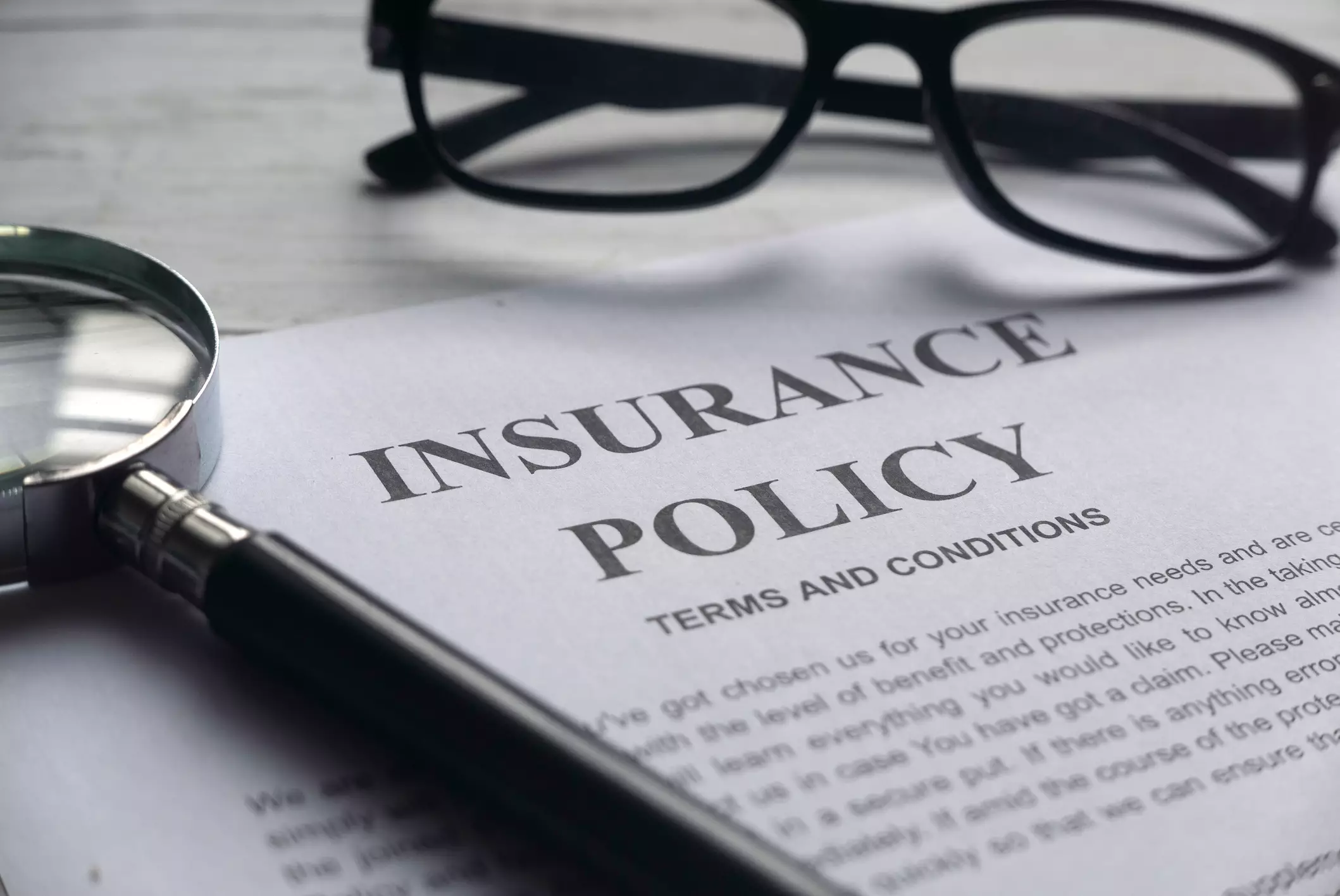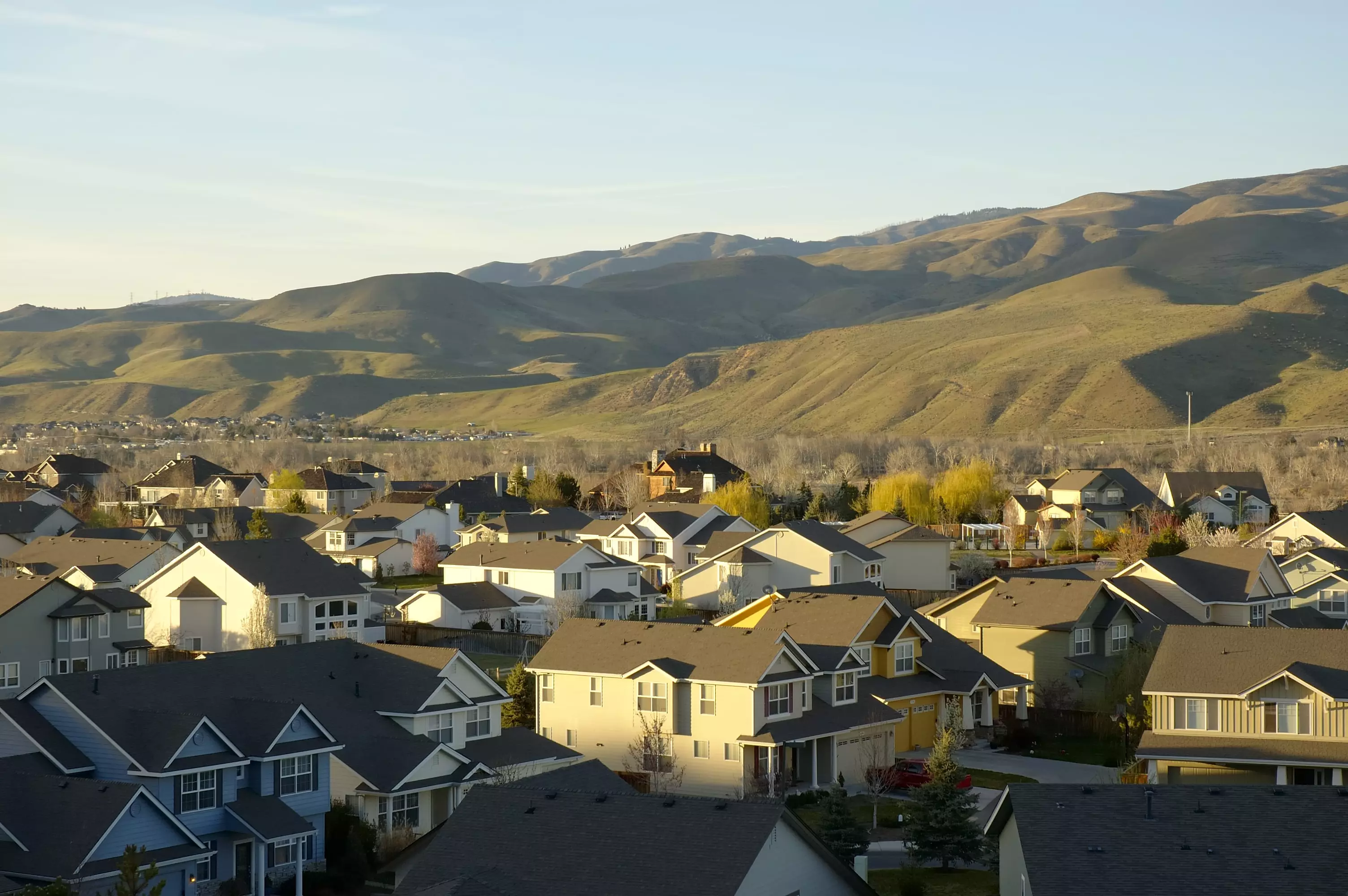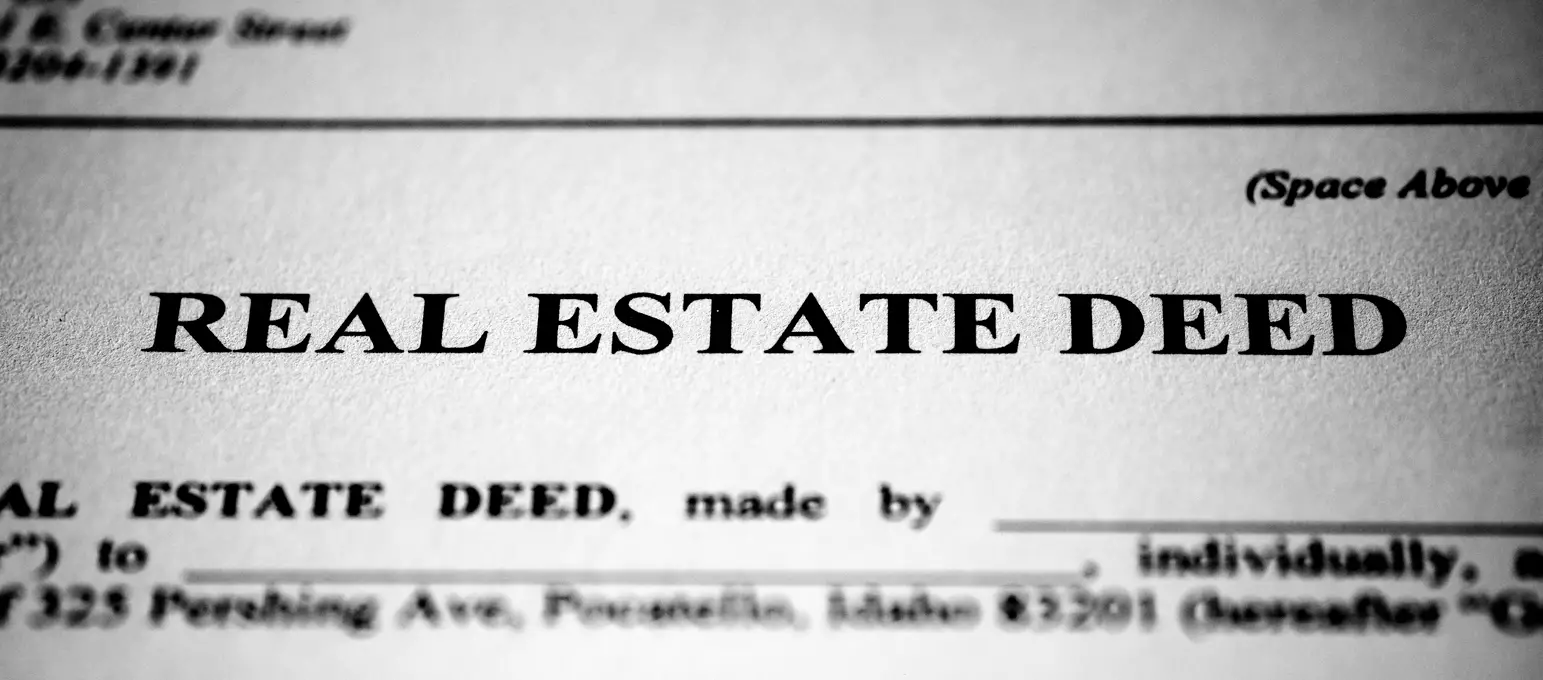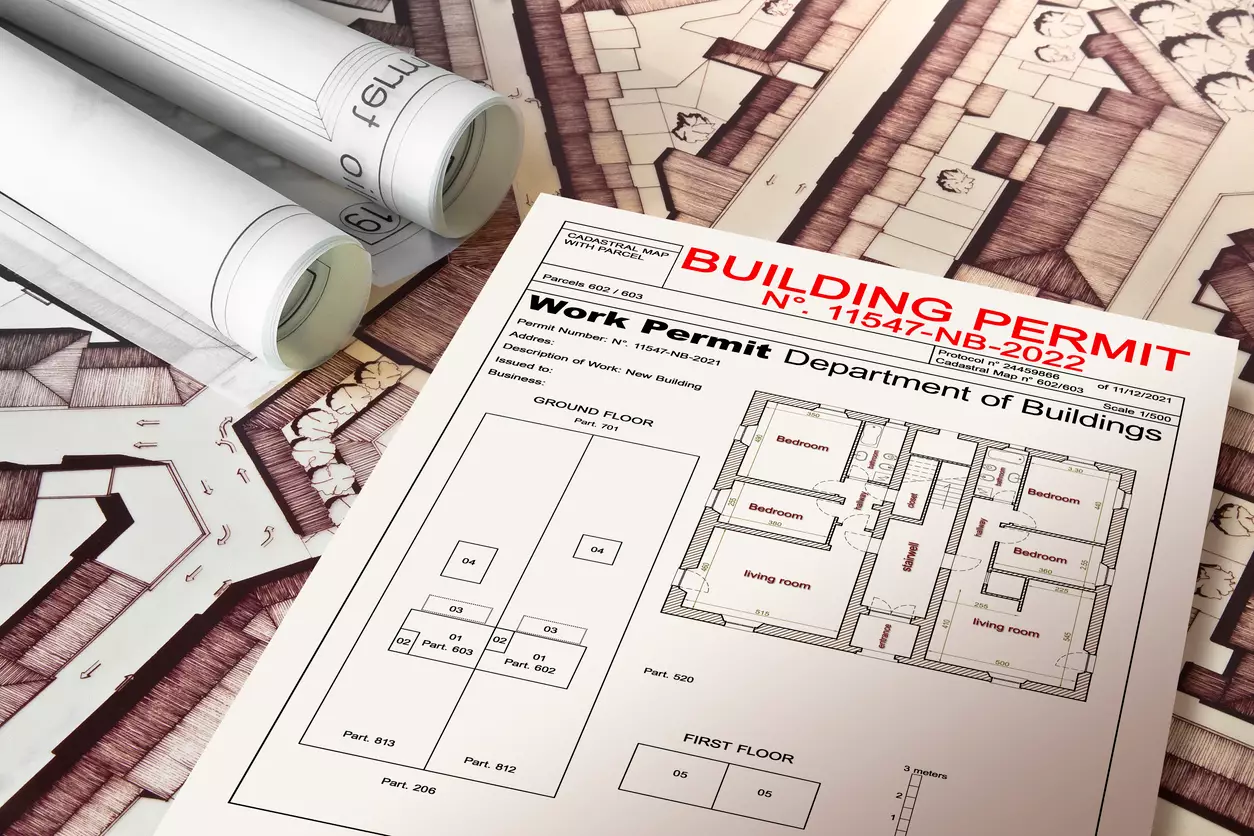Everything You Need to Know About Commercial Property Insurance
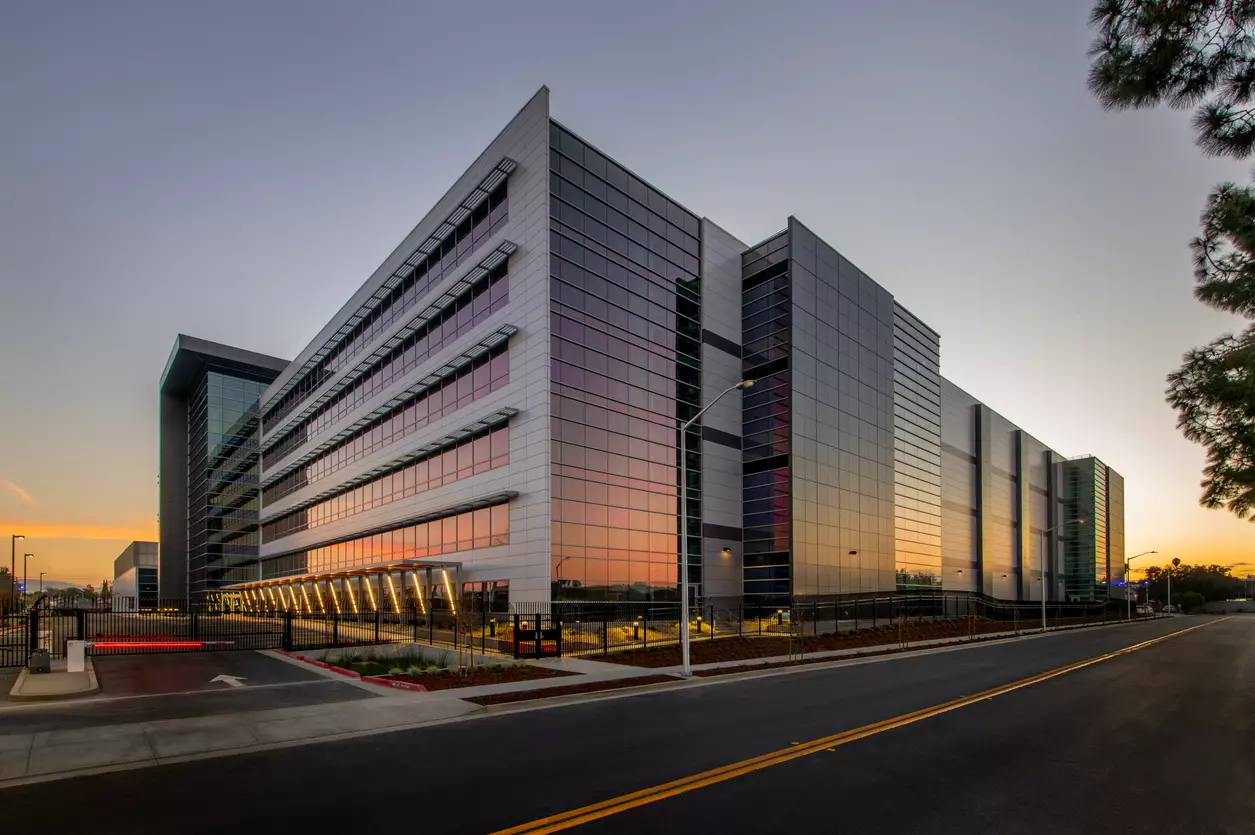
Table of Contents
- Everything You Need to Know About Commercial Property Insurance
- What Is Building Insurance for Commercial Property?
- What Does Commercial Property Insurance Cover?
- Factors to Consider When Choosing a Policy
- Special Consideration: Commercial Property Insurance for Vacant Buildings
- Common Mistakes to Avoid
- How To Get the Best Policy for Your Needs
- Cost of Building Insurance for Commercial Property
Owning or managing commercial property is usually a rewarding investment, but it also comes with substantial risks that can cause massive losses, ranging from fires and natural disasters like floods and storms to vandalism, theft, and other similar issues. Building insurance for commercial property is a type of policy designed to protect the physical structure of a commercial property (such as an office building, warehouse, retail space, or industrial complex) against damages or losses caused by covered events.
However, simply carrying property insurance for commercial buildings is not enough; choosing the right policy is also critical; otherwise, you can end up underinsured and vulnerable to perils or overpaying for unnecessary add-ons.
Therefore, it is important to consider certain factors, such as the property type, intended use, occupancy, location, and value, when deciding on building insurance for commercial property.
What Is Building Insurance for Commercial Property?
Commercial property building insurance is a specialized type of insurance designed to protect businesses against financial losses resulting from damage to their physical premises, making it an essential safety net for commercial real estate investments. This type of insurance is crucial because it ensures adequate coverage for your property’s value, minimizes financial risk from unexpected disasters, and maintains compliance with lease or mortgage requirements.
It is important to note that building insurance for commercial property is distinct from insurance for residential property, as it accounts for the increased risks, legal exposure, and asset value that typically come with operating a business space.
A standard building insurance for commercial property plan typically covers:
- The actual building structure (its walls, roof, floors, windows, foundation, and more)
- Built-in fixtures and fittings, like HVAC systems, plumbing, and lighting
- On-site machinery or permanent equipment tied to the property
- Signage, fences, awnings, and other external features
- Landscaping and parking areas
Note that the exact scope of the protection and items covered typically depends on the policy provider; as such, you should always confirm what is included and what isn’t before signing up for a policy. It is also important to keep in mind that the coverage applies to the building itself, not necessarily the contents, operations, or employees within it – these usually require additional policies like general liability or business personal property insurance.
What Does Commercial Property Insurance Cover?

Commercial property insurance policies typically offer protection against a variety of risks. While specific coverage may vary by provider and location, most standard policies usually address:
- Fire and smoke damage
- Storms, hail, wind, lightning, and other related natural disasters
- Burglary and theft
- Vandalism
- Burst pipes and non-flood-related water damage
- Impact from vehicles or falling objects
Note that while coverage for natural disasters is usually standard, some disasters, like floods, earthquakes, or hurricanes, are often excluded and require additional coverage. Some insurers may also bundle liability coverage into property policies; however, this is not always standard. Likewise, many insurers offer endorsements or riders that expand the provided coverage. These might include:
- Business Interruption Insurance: This covers lost income if the business cannot operate due to damages to the building caused by a covered event.
- Equipment Breakdown Add-on: This covers the sudden failure of machinery or key building systems, like HVAC systems, electrical equipment, and boilers.
- Terrorism Coverage: This protects against financial losses from terrorist acts and is particularly relevant for high-profile or urban buildings.
- Ordinance or Law Coverage: This covers the cost of bringing a building up to current codes after a covered loss.
- Debris Removal and Cleanup Coverage: This covers the costs of removing and disposing of debris resulting from a covered loss.
Customizing your policy with relevant add-ons can help address the risks most relevant to your building’s location, use, and value.
Factors to Consider When Choosing a Policy
Property insurance for commercial buildings isn’t a one-size-fits-all – it is essential to sign up for a policy that matches the specific characteristics and risks of your property. As such, when shopping for building insurance for commercial property, you should consider certain key factors, like:
- Property Location and Risk Profile: The location of the property greatly impacts coverage options and premiums, and it is important to ensure that your policy reflects any known environmental, weather, or criminal threats in the area. For instance, property in a flood zone may need separate flood insurance. Likewise, properties in storm-prone regions often come with higher rates or wind exclusions (for the standard policies), while ones in areas with high crime rates may see increased theft or vandalism-related premiums.
- Building Size, Age, and Condition: Larger or older properties may cost more to insure because they typically have an increased likelihood of maintenance issues, higher repair and replacement costs, and out-of-date systems that may not meet current code, all of which can affect claim payouts. In some cases, an inspection may be required before the coverage is approved.
- Property Use and Occupancy: How your property is used plays a major role in selecting coverage. Retail and office buildings often have different risk profiles than industrial or warehouse spaces. For instance, a warehouse storing chemicals will typically need different protection than a boutique clothing shop; likewise, buildings with kitchens or hazardous materials may require specialized endorsements.
- Tenancy and Lease Terms/Agreements: Tenants can also impact your exposure and required coverage. Issues like whether your property houses multiple tenants, their business types, who is responsible for maintenance, and if the property is triple-net leased (NNN) should be considered when selecting a policy. Lease terms can also dictate insurance requirements - many landlords are required to carry minimum coverage by mortgage lenders or tenant contracts.
- Required Coverage Levels: When selecting property insurance for commercial building, it is important to make sure that the policy meets any minimum insurance thresholds required by your lender (especially if there’s a mortgage, as most mortgage lenders often require coverage that meets or exceeds the loan value), lease agreements (where applicable), and local building codes or ordinances. Many commercial property insurance policies allow you to choose between replacement cost (the cost of rebuilding with similar materials) or actual cash value (depreciated value). Policies with replacement cost typically offer more complete protection, but also usually come at a higher premium.
Special Consideration: Commercial Property Insurance for Vacant Buildings
Vacant buildings typically pose unique risks and require special handling when it comes to commercial property insurance. With no occupants, issues like vandalism or break-ins, and damages from pipe bursts or electrical faults, typically go unnoticed for longer – this also invariably increases the severity of the losses from these events. There is also a higher chance of neglected maintenance and code violations for vacant buildings (compared to occupied ones), especially for older structures.
Insurers typically take notice of all these and factor them into their policies. Many standard policies often include “vacancy clauses” that reduce or deny coverage if the building is unoccupied for a specified period (usually between 30 and 60 days). Even in situations where there is no vacancy clause, you can typically expect higher premiums and limited coverage compared to occupied buildings (however, some insurers may expand your coverage if you are proactive with inspections, maintenance, and disclosure).
To this end, when shopping for commercial property insurance for vacant buildings, you should consider insurers that offer:
- Vacancy Permit Endorsements: These are add-ons that allow coverage to continue when a property is vacant for longer than the standard period allowed by the policy.
- Loss Prevention Discounts: Some insurers offer discounts to policyholders who implement measures to reduce the risk of property damage or loss, such as installing alarm systems and cameras or conducting regular patrols.
- Restricted Perils Protection: This offers limited protection for specific risks listed in the policy. This type of policy is usually cheaper; however, it offers narrower protection, leaving you at greater risk if an unnamed peril occurs.
- Builder’s Risk Policies: These are specialized commercial property insurance policies that cover buildings while under construction, renovation, or repair, making them a good option for properties that are vacant for these reasons.
- Short-term Vacant Property Insurance: This is a flexible commercial policy specifically designed to protect unoccupied buildings for a short period (usually from one month to a year), making it another good option if you are between tenants or in renovation.
Common Mistakes to Avoid
While having no building insurance for commercial property is extremely risky, choosing the wrong policy can be just as dangerous as having no coverage at all. Here are some common mistakes to avoid when selecting property insurance for a commercial building to ensure that you choose the right policy for your specific needs:
- Underinsuring the Property: A common mistake many people make when selecting commercial property insurance is trying to save on premiums by choosing lower coverage limits. However, signing up for a policy that does not adequately cover your property can see you falling short after a major loss. Never guess your coverage needs; always use a professional valuation to make this determination and get a clear idea of what should be covered by your policy.
- Overlooking Exclusions and Deductibles: Some policies either exclude certain perils (like floods, mold, and earthquakes) or come with high deductibles that make smaller claims impractical. Always read the fine print before signing up with any insurer and ensure that you are clear on what is covered and what isn’t.
- Overlooking “Change of Property Use” Clauses: Some insurers require you to notify them if you change tenants, remodel, or repurpose the property, so that your policy may be updated to reflect these changes in occupancy, structure, or risk level; failing to do this could potentially void your coverage.
- Applying Residential Policy Logic: Commercial buildings typically have more liability and complexity than residential ones. As such, you should never use a homeowner’s policy for your commercial property or assume that they extend to commercial spaces – in fact, these types of policies typically exclude business-related claims and liability.
- Choosing Price over Value: Selecting a cheap policy based solely on its cost can leave you badly exposed when you need it most. At the same time, do not automatically assume that the costlier policy is the better one; always confirm that it meets your specific needs to avoid overpaying for unnecessary add-ons.
How To Get the Best Policy for Your Needs

Choosing the right policy requires balancing coverage, cost, and risk. Here are some steps that can help you get the best commercial property insurance policy for your needs:
- Work with a commercial insurance broker. These professionals specialize in business insurance and can help you assess your risks to determine your coverage needs or identify gaps in existing coverage, explain local regulations, navigate policy language/terminology and endorsements, and match you with reputable insurance providers.
- Compare policies from multiple providers. Do not just go with the first insurer you come across. Compare at least three policies side-by-side and pay close attention to their coverage limits, named exclusions, premiums, and deductibles.
- Check reviews, ratings, and claims support track records. A provider’s customer service and claims handling are just as important as their pricing. Look up your preferred insurer’s ratings and reviews and ensure that they are known for responsive customer service and fair claims handling.
- Reassess your coverage regularly. Always review your policy annually, or whenever your building use or value changes, like after major renovations or upgrades, and lease changes. Doing this helps keep your policy current and ensures that you're not overpaying or underinsured.
Cost of Building Insurance for Commercial Property
Premiums for commercial property insurance may range from as low as $1,000 to as high as $3,000 annually. However, it is important to note that actual rates are usually dependent on specific risk profiles and can vary widely based on factors like:
- Building Type: Insurance for office buildings generally costs less than insurance for manufacturing facilities or mixed-use buildings. The age and condition of the structure may also influence premiums.
- Location: Insurance rates for buildings located in urban centers and high-risk zones (like floodplains) are usually higher than rates for buildings located in rural/less-populated or disaster-prone areas.
- Occupancy Status: Vacant buildings are usually more prone to vandalism, break-ins, and unnoticed damage. This invariably makes it cost more to insure these types of properties.
- Claims History: Insurers often use claims histories to determine premiums and typically view properties with a history of frequent claims as higher risk, which may lead to higher premiums. Alternatively, a clean claims record can lead to reduced premiums over time.
- Valuation Method: This determines how much you’ll be paid after a covered loss, and may either be “replacement cost” or “actual cash value.” Replacement cost covers the expense to rebuild the property using similar materials without deducting for depreciation – this method provides more comprehensive coverage but usually comes with higher premiums. On the other hand, actual cash value pays the depreciated value of the property at the time of loss – this is usually cheaper but may leave you underfunded after a major loss.
Here are some tips that can help you lower your premiums without sacrificing protection:
- Install security and fire suppression or sprinkler systems.
- Perform regular maintenance to reduce claims.
- Consider raising your deductible (if it is financially feasible).
- Combine other insurance coverages that you may need, like liability or auto (be sure to confirm that your preferred provider offers this).
- Ask about loss prevention discounts.
Choosing the right building insurance for commercial property gives you confidence that your investment will be adequately covered in the event of unexpected losses. By understanding your building’s risks, comparing policies, and working with the right experts, you can secure the ideal coverage. Don’t wait for disaster to strike, plan ahead, and stay protected.
Search Property & Deed Records
Table of Contents
- Everything You Need to Know About Commercial Property Insurance
- What Is Building Insurance for Commercial Property?
- What Does Commercial Property Insurance Cover?
- Factors to Consider When Choosing a Policy
- Special Consideration: Commercial Property Insurance for Vacant Buildings
- Common Mistakes to Avoid
- How To Get the Best Policy for Your Needs
- Cost of Building Insurance for Commercial Property
Related Articles
Recent Articles
-
![]() Best Real Estate Markets to Invest in 2025 for Maximum Returns
Best Real Estate Markets to Invest in 2025 for Maximum Returns
-
![]() What Is Appraised Value and What Does a Property Appraiser Do?
What Is Appraised Value and What Does a Property Appraiser Do?
-
![]() What Is a Property Deed Transfer and How Does It Work
What Is a Property Deed Transfer and How Does It Work
-
![]() Everything You Need to Know About Building Permits in Florida
Everything You Need to Know About Building Permits in Florida
-
![]() Transfer Property to an LLC for Maximum Asset Protection and Tax Benefits
Transfer Property to an LLC for Maximum Asset Protection and Tax Benefits





